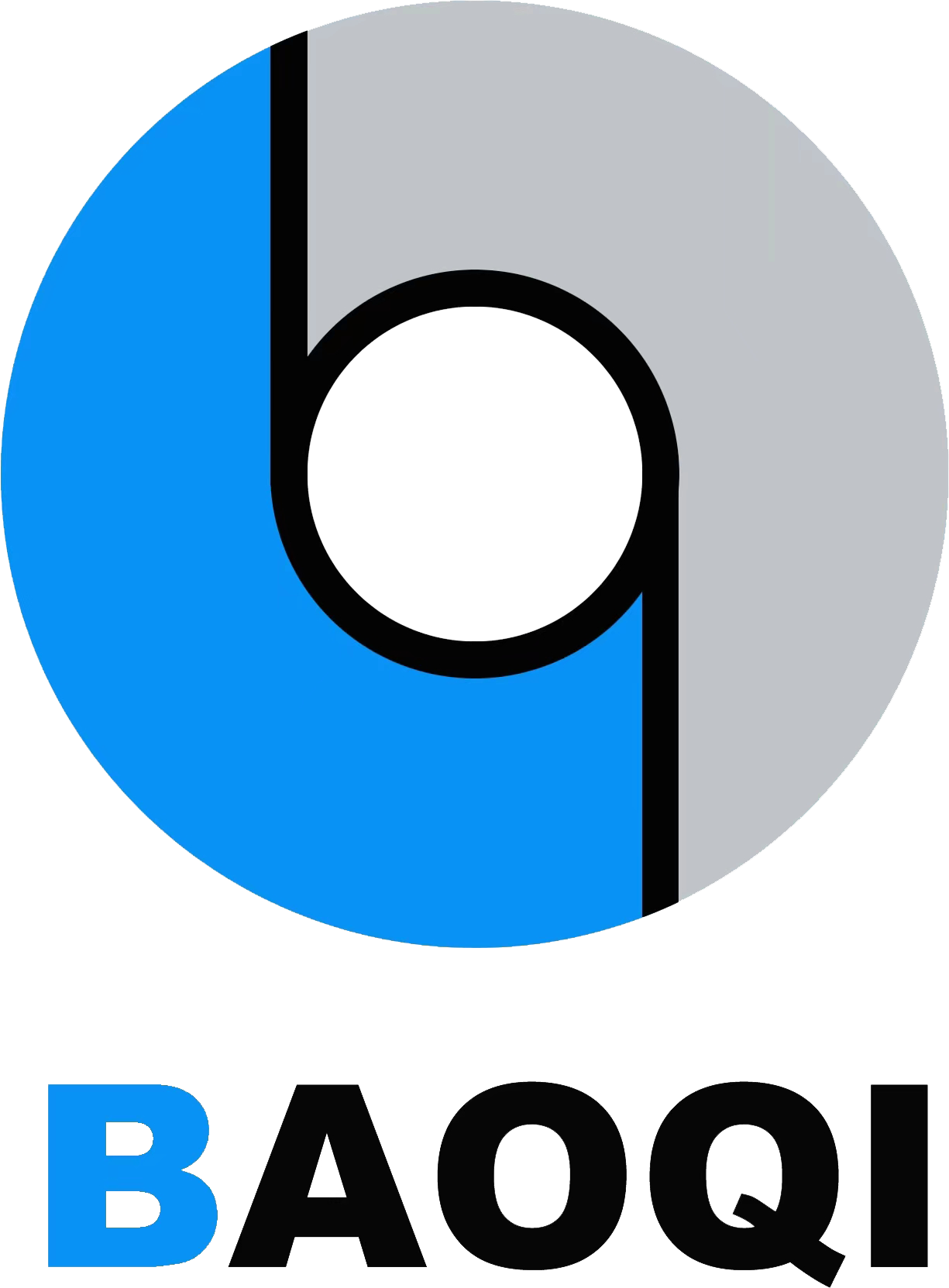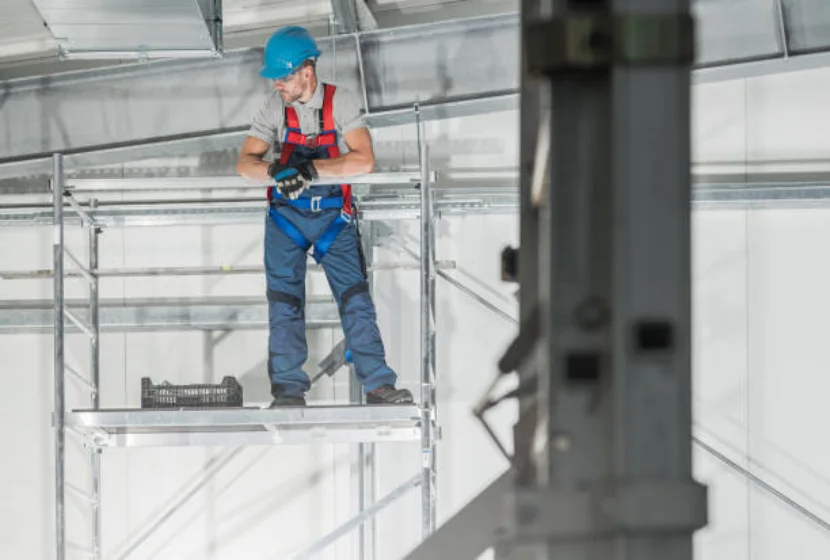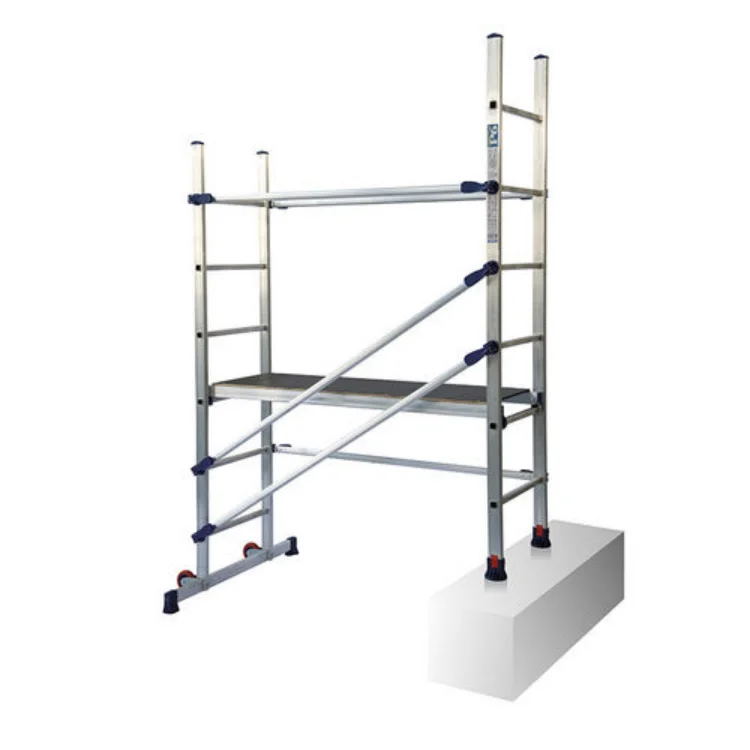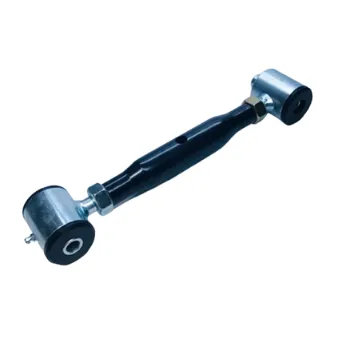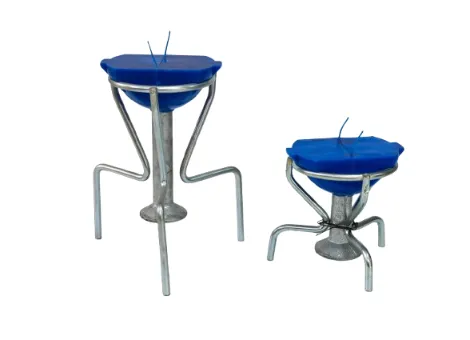Overview of Scaffolding in Construction
Definition and Function of Scaffolding
A scaffold, also called scaffolding or staging, is a temporary structure that allows people to stand on a stable platform for work at height or in hard-to-reach places. It gives them a safe, solid spot to stand when they’re working high up or in hard-to-reach places. These setups are a must for building, fixing, or checking stuff. Scaffolding is usually made of metal poles and wood planks. It keeps construction crews, inspectors, or cleaners steady while they do their thing up high. Its main gig? Making sure everyone’s safe and supported, no matter the job.
Types of Scaffolding Structures Commonly Used
Scaffolding comes in all sorts of styles. Each one fits different needs. Check out these common types:
Supported scaffolds: Built from the ground with frames, poles, and planks. Super sturdy!
Suspended scaffolds: Hung from above with ropes or supports. Great for tall buildings.
Rolling scaffolds: Got wheels, so you can move them around easy-peasy.
Cantilever scaffolds: Held up on one end. Perfect when the ground’s blocked.
Each type works best depending on the building’s shape, how high you gotta go, or safety rules.
Key Materials Used in Scaffold Manufacturing
Scaffolds need to be tough as nails. That’s why they’re made from stuff like steel or aluminum. Steel’s super strong and can hold heavy loads. Aluminum’s lighter, so it’s a snap to carry and set up.
Applications of Scaffolding Across Industries
Scaffolding in Residential and Commercial Construction
Scaffolding’s a total lifesaver for houses and big buildings. It lets workers stand way up high on a steady surface. Gotta paint walls? Put in windows? Fix a roof? Scaffolding makes it safe and quick. Whether it’s a small house or a giant office tower, these platforms help workers reach every spot.
Industrial Applications of Scaffolding Systems
In big industrial places like power plants or refineries, scaffolds are super important. They’re used to set up equipment, check structures, or fix stuff. Inspectors use internal scaffolding to peek inside huge boilers or pressure tanks. These systems are crazy flexible—they fit into all kinds of tricky setups.
Role of Scaffolding in Infrastructure and Maintenance Projects
Big projects like bridges, tunnels, highways, or airports need scaffolds bad. They’re used when building and later for fixes. Maintenance crews stand on scaffolding to patch up problems. These setups gotta handle heavy stuff and keep workers safe over big spaces.
The Role of Casting Process in Scaffold Component Manufacturing
Introduction to the Casting Process in Metal Fabrication
The Casting process is like a magic trick for making metal parts. You pour hot, melted metal into molds. It cools and turns into the shape you want. This method’s great for making fancy parts with super neat details. The Casting process is a big deal in lots of industries. It makes parts that are strong, spot-on, and last a super long time.
Benefits of Using Casting for Scaffold Parts Production
The Casting process is awesome for scaffold parts. Why? Here’s the scoop:
Saves money: Great for making tons of parts on the cheap.
Cool shapes: Can make tricky designs you can’t do with just welding.
Less waste: Uses only the metal you need, so nothing’s tossed out.
Sand casting’s an old-school trick, but it’s super useful for big, detailed parts.
Common Scaffold Components Made by the Casting Process
Lots of scaffold pieces come from the Casting process. Think base plates, couplers (those clamp things), sockets, anchor channels, and lifting inserts—like ones from Qingdao Baoqi Intelligent Co.,Ltd. These parts gotta be perfect to keep scaffolds safe when they’re put together.
Welding Fabrication Techniques in Scaffold Assembly
Importance of Welding Fabrication for Structural Integrity
Welding fabrication is like the super glue for scaffolds. It sticks parts together real tight. This makes sure the structure can hold heavy stuff without breaking. Good Welding fabrication means no wobbly spots, even when things get tough.
Qingdao Baoqi Intelligent Co., Ltd., with its ISO-9001 certified plants in four spots across China, is awesome at Welding fabrication. They make scaffold systems like threaded socket systems and cast-in loops that are tough as can be.
Common Welding Methods Used in Scaffold Production
Welding for scaffolds uses different tricks. Here’s what’s popular:
MIG (Metal Inert Gas): Quick and great for making lots of parts fast.
TIG (Tungsten Inert Gas): Really clean, perfect for neat welds.
Arc Welding: Works for thick steel tubes in heavy scaffolds.
Each one’s picked based on the material and how strong the scaffold needs to be.
Quality Control Measures During Welding Fabrication
To keep scaffolds safe, factories check everything super close. They:
Test welds without breaking them.
Check if welds can handle real-world weight.
Follow ISO rules to meet top-notch quality standards.
Qingdao Baoqi tests every product to meet tough quality rules before it ships out.
Safety Standards and Best Practices for Scaffold Usage
Regulatory Compliance and Industry Standards for Safety
Scaffold safety rules change depending on where you are. But they often line up with big standards like OSHA in the U.S., EN in Europe, or ISO worldwide. These cover stuff like weight limits, fall protection, guardrails, and training. The biggest oops? Not training workers enough.
Risk Factors Associated with Improper Scaffold Use
Using scaffolds wrong can cause trouble. Accidents happen because of:
Broken parts.
Stuff falling from up high.
Skipping safety rules.
Not enough training.
Sloppy upkeep.
That’s why companies like Qingdao Baoqi Intelligent Co., Ltd. test everything in their warehouses before sending it out. Safety’s the name of the game!
Preventative Measures and Daily Inspection Protocols
Wanna stay safe? Try these tips:
Check scaffolds every day with your eyes.
Make sure anchors are locked tight.
Don’t pile on too much weight.
Swap out worn planks or connectors right away.
Hand out safety gear like helmets or harnesses.
Training’s gotta happen before anyone climbs up. No skipping that!
Qingdao Baoqi Intelligent Co., Ltd. Customization Service
Qingdao Baoqi Intelligent Co., Ltd. offers custom casting process solutions for special scaffold needs. They also make neat stuff like coil insert systems. These are used in modular construction projects all over the world.
Frequently Asked Questions (FAQ)
What is the casting process used for scaffold components?
A: The casting process involves pouring molten metal into molds where it cools into specific shapes. It’s commonly used to manufacture durable parts like base plates or couplers that require precise dimensions.
How does welding improve scaffold safety?
A: Proper welding joins critical components securely so they can withstand loads without failure. Techniques like MIG or TIG welding ensure structural integrity throughout the framework.
What industries use scaffolding besides construction?
A: Besides residential/commercial construction, scaffolding is also widely used in industrial inspections, infrastructure maintenance projects like bridges/tunnels, as well as events setups including stages or observation towers.
What are some key safety checks before using scaffolds?
A: Inspect planking stability; verify fasteners/guardrails; confirm load ratings; check weather conditions; ensure all workers have received proper training according to regulatory standards.
Why choose Qingdao Baoqi Intelligent Co., Ltd.?
A: With over 10 years’ experience, BaoQi specializes in forging/casting/punching parts with ISO-certified processes. Their wide product range includes precast accessories like cast-in anchor channels designed specifically for global markets.
For more information about our customized solutions—from lifting anchor systems to threaded sockets—contact us today! Learn how BaoQi was established for more than 10 years, delivering excellence through its certified facilities across China.
